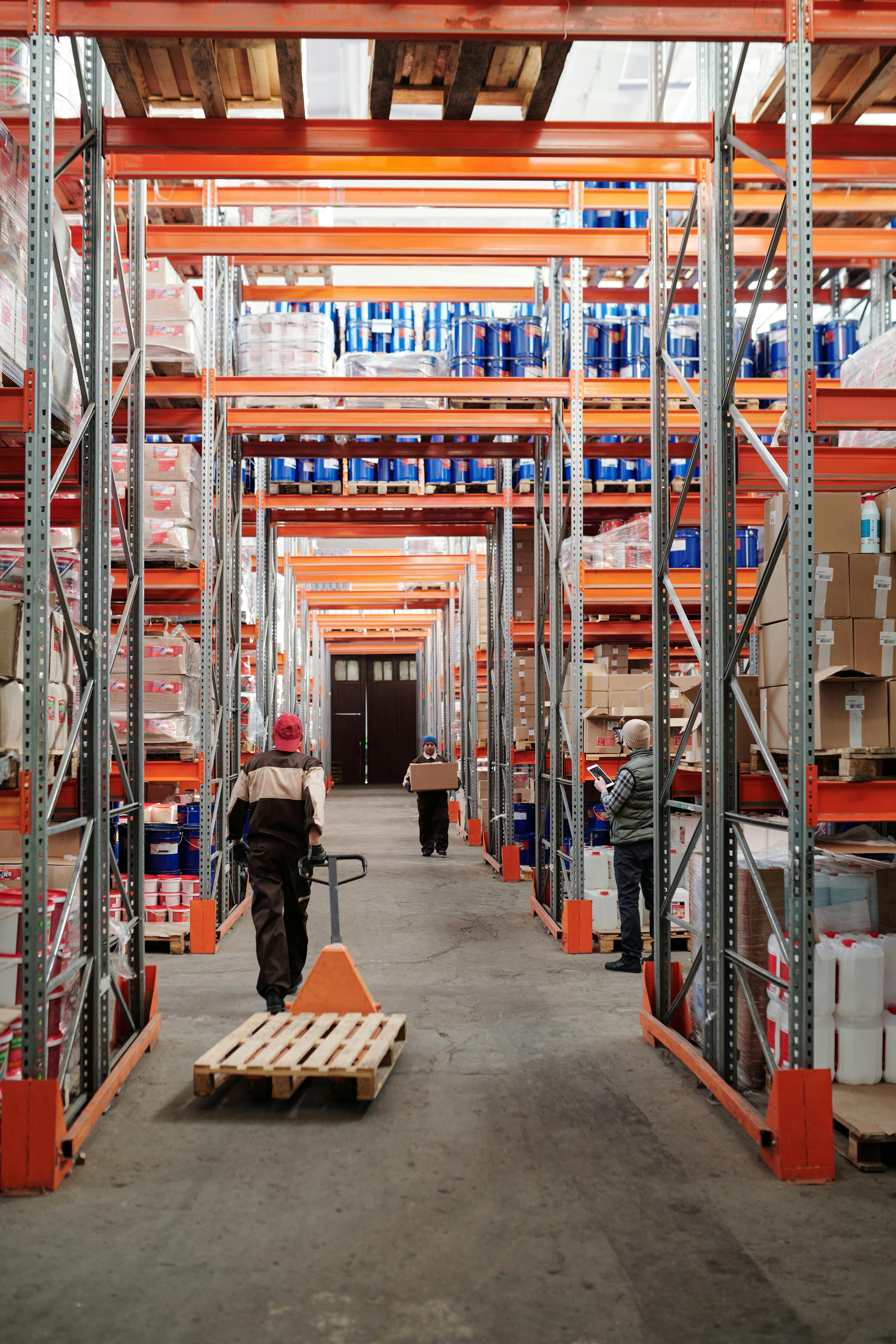6 Facts About Everyone Thinks Are True
 Pipeline Logistics: Streamlining Your Supply Chain
Pipeline Logistics: Streamlining Your Supply Chain
The efficiency of your supply chain can make or break your business. One way to optimize your logistics operations is by implementing a pipeline system. Pipeline logistics allows you to streamline your supply chain process, reduce costs, and improve overall customer satisfaction.
In this article, we’ll explore the concept of pipeline logistics, its benefits, and how to implement it in your business.
What is Pipeline Logistics?
Pipeline logistics is a supply chain strategy that involves managing the flow of goods and services through a sequence of stages, much like a pipeline. It aims to reduce the processing time and increase efficiency by minimizing the inventory storage time at each stage. The pipeline analogy represents the movement of materials, products, or information through successive stages, much like water flowing through a pipeline. The goal is to create a smooth flow with minimal interruptions or delays.
The pipeline concept in logistics focuses on evaluating and optimizing transportation needs, inventory storage, order fulfillment, and supply chain visibility. It involves monitoring and controlling the flow of goods at every stage, from the initial production stage to the final delivery to the customer. The pipeline approach enables businesses to simplify their operations, cut costs, and improve efficiency, and provide better customer service.
5 Advantages of Implementing Pipeline Logistics
One of the main benefits of pipeline logistics is reduced inventory levels. This philosophy is based on the idea of continuous improvement, where each activity in the supply chain is linked to the previous and next activity. By optimizing the movement of goods through the supply chain, you can decrease inventory costs and increase efficiency.
1. Lower costs: Inventory management is a significant portion of logistics costs. With pipeline logistics, you can reduce the amount of inventory you need to hold at each stage of the supply chain. Lower inventory costs translate to lower storage, handling, and holding costs.
2. Improved efficiency: Managing your supply chain like a pipeline allows you to move products quicker and more efficiently. By minimizing the time products spend in the supply chain, you reduce waste, working capital, and increase customer satisfaction.
3. Better customer service: With a streamlined pipeline process, you can ensure that products are delivered efficiently and that there are no delays or stockouts. It means you can provide better customer service, fulfilling customer orders quickly and reliably.
4. Improved forecasting: With pipeline logistics, you can forecast demand better and manage the flow of goods more effectively. That allows you to match supply with demand and avoid unnecessary inventory holdings.
5. More efficient transportation: By managing your logistics like a pipeline, you reduce the need for long-distance transportation. It, in turn, lowers transportation costs and reduces your carbon footprint.
How to Implement Pipeline Logistics
The implementation process may vary depending on your unique business needs. However, there are some general principles to keep in mind.
1. Define the stages of your supply chain: The implementation starts by defining the various stages of your supply chain. It includes everything from production to distribution, including storage, handling, and transportation.
2. Mapping out the supply chain: Visualizing how materials, information, and payments move through the supply chain is essential. It allows you to detect inefficiencies and waste.
3. Optimize inventory management: One of the key focus areas in pipeline logistics is managing inventory flow. You need to synchronize inventory movement with suppliers, manufacturers, and distributors. Adopting just-in-time (JIT) practices will ensure inventory is ordered and received just in time for production or delivery.
4. Create strong relationships with suppliers and distributors: The pipeline approach relies on good relationships with your suppliers and distributors. It’s essential to establish close communication channels and trust to ensure a smooth supply chain flow.
5. Utilize technology: Technological tools like real-time data analytics, artificial intelligence, and the Internet of Things (IoT) can improve forecasting, monitor inventory levels, track shipments, and automate tasks.
Conclusion
Pipeline logistics can help your business optimize its supply chain, improve efficiency, reduce costs, and enhance customer satisfaction. The pipeline approach focuses on managing inventory flow, transportation, and supply chain visibility to streamline the whole process. By following the steps above, you can implement an efficient pipeline system that meets your business needs and sets you apart from the competition.
What Research About Can Teach You
This post topic: Web Resources


